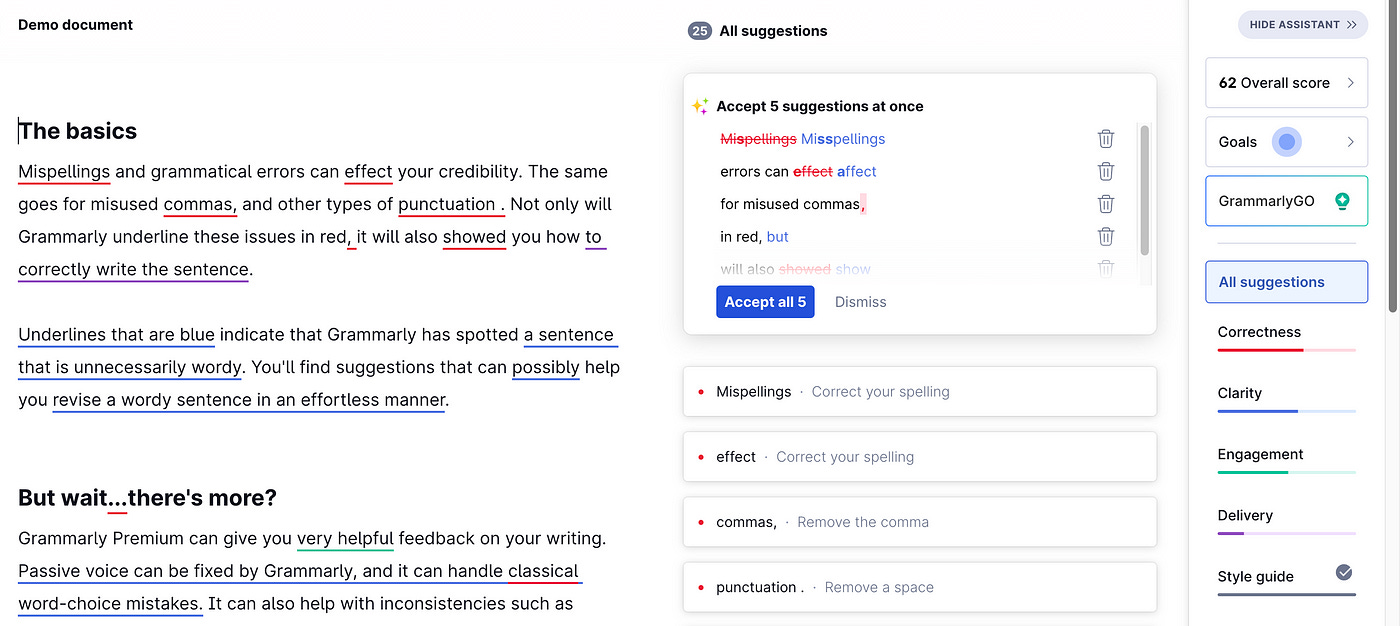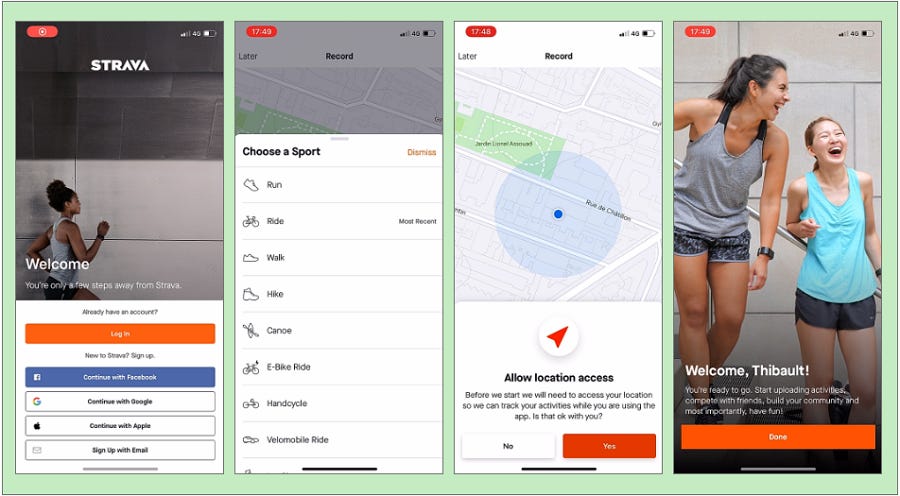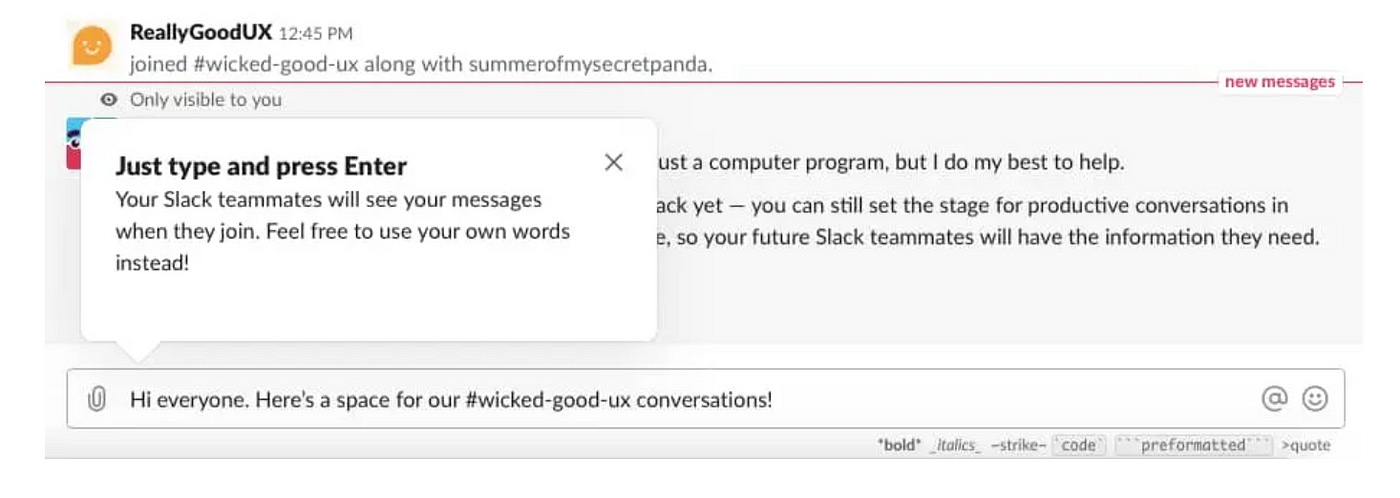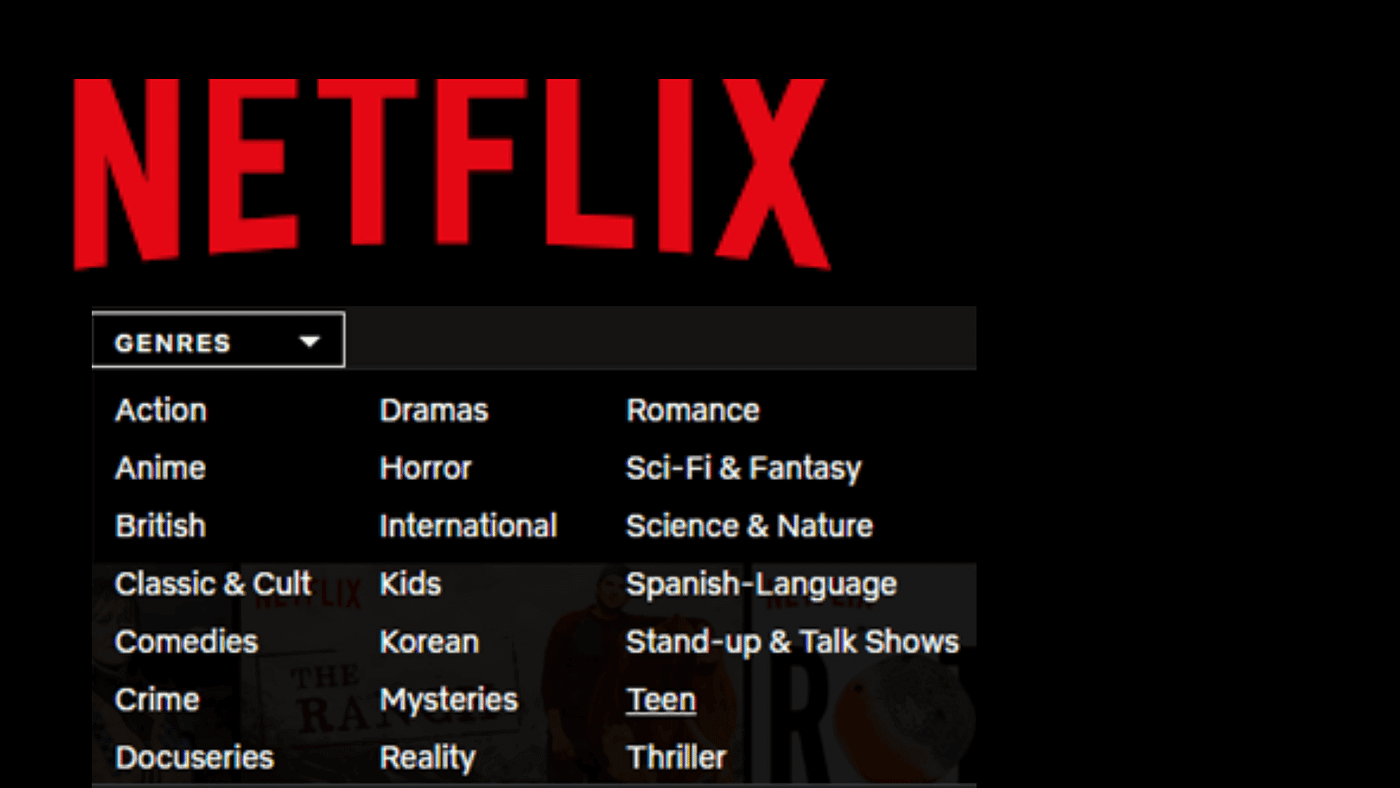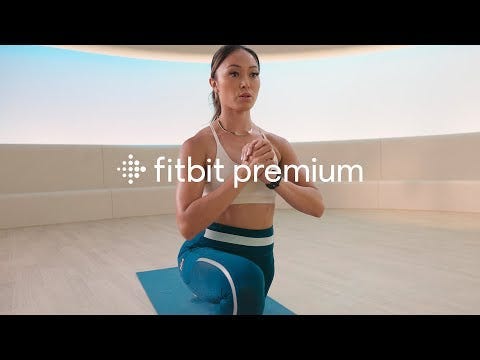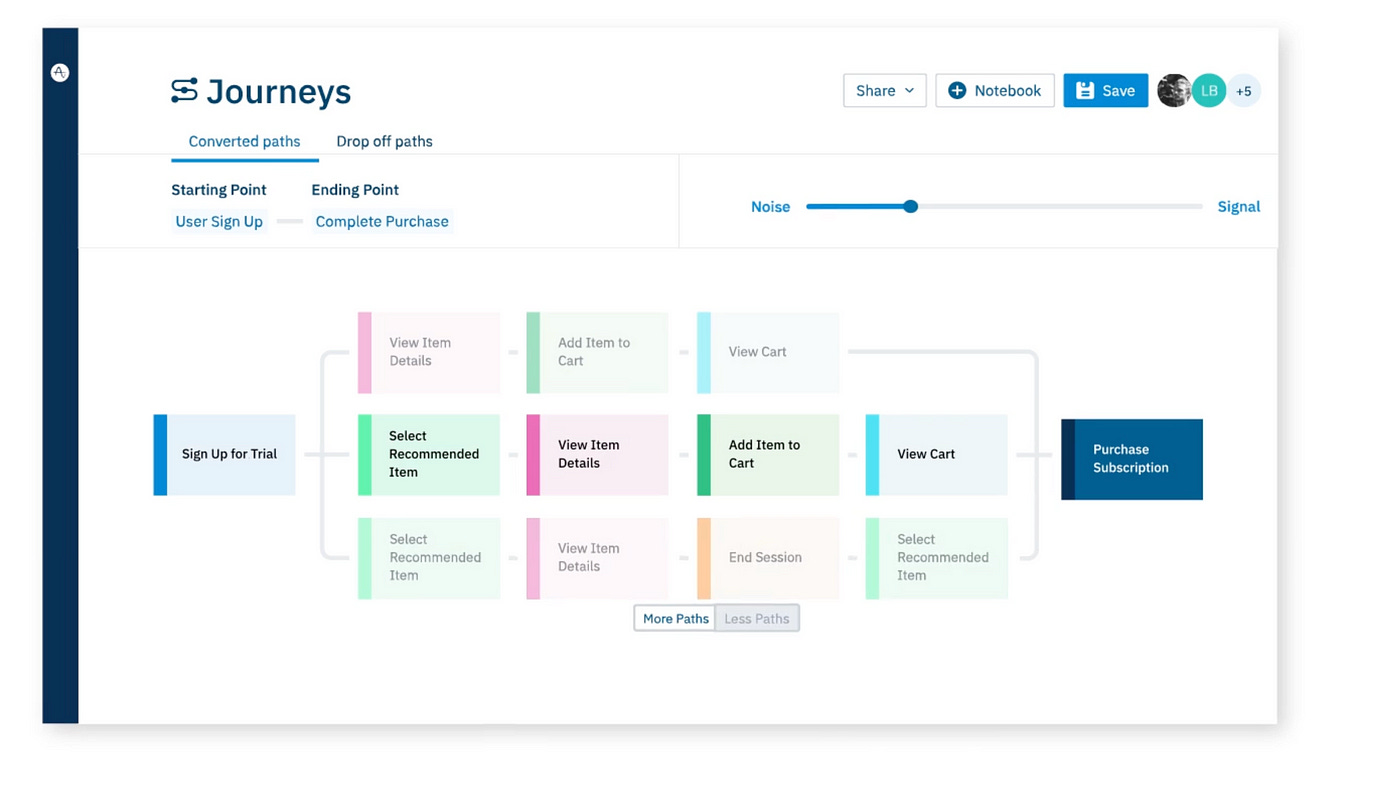13-Step Guide To Creating A User Onboarding Flow
The Art of Seamless User Onboarding

“Human beings like to discover and achieve things without help; we feel more satisfied when we do something new without anyone’s help than when we are helped.”
An excellent user onboarding flow aims to provide new users with a seamless and engaging experience as they start using a product or a service.
An adequate onboarding flow should guide the user through the key features, help them understand the value proposition, and encourage them to become active and engaged customers.
Grammarly, a cloud-based typing assistant, is an excellent example of an efficient user onboarding flow. Grammarly relies on a “Learn by doing” approach, where users interact with the product using the highlighted areas, effectively working as product hotspots.
Here’s an example of a great user onboarding flow for a mobile app such as Strava
Upon opening the app for the first time, users are greeted with a welcoming message and a brief description of the app’s purpose — tracking fitness activities and goals.
The app prompts users to create an account or log in. Users can provide their fitness goals, preferred workout types, and basic information to personalize their experience during this step.
What should be the objective of a User Onboarding Flow?
Personalized: The onboarding should be tailored to the specific needs and goals of the user.
Interactive: The onboarding should be engaging and interactive rather than just a series of static pages.
Action-oriented: The onboarding should focus on helping the user take action and start using the product.
Educational: The onboarding should teach the user about the product’s features and how to use them.
Easy to follow: The onboarding should be easy to follow and understand, even for users who are new to the product.
Step-by-Step Guide To Create A User Onboarding Flow
Creating a great user onboarding flow is essential to ensure new users have a smooth and positive experience with your product or service.
A well-designed onboarding flow can help users understand the value of your product, get started quickly, and reduce the chances of them getting frustrated or abandoning the process.
Here’s a step-by-step guide to creating a great user onboarding flow:
1. Set Clear Objectives:
Start with a clear objective for your user onboarding flow. Align with all stakeholders to decide the purpose you wish to achieve with the initial onboarding.
The goal of the onboarding process can vary between User Activation, User engagement, Product Adoption, Monetization, segmentation, profiling, compliance acceptance, etc.
The objective of user onboarding should align with your business goals.
2. Simplicity is Key:
Keep the onboarding process simple by reducing the steps and information provided during the journey.
A simple onboarding process improves user experience, leads to faster time to value, reduces abandonment, increases conversion rates, and is scalable.
3. Gather Minimal Initial Information:
Keep a healthy balance between data collection and user privacy. Ensure that you follow the progressive profiling method in your onboarding journey.
Progressive profiling is a methodology where the user can handle long forms during the initial onboarding.
Instead, only necessary information is collected upfront, and other details are as the user journey progresses.
4. Provide Value Immediately:
It is essential to start delivering value to your customer immediately upon beginning the user journey.
Show them product core features that would benefit them as early as possible. This would keep them hooked to the product and engaged throughout their usage.
Slack is an excellent example of providing value immediately; by sending the first message, a user quickly realizes the product’s core value.
5. Interactive Tutorials:
The usage of informative, interactive tutorials enhances the onboarding experience significantly. These tutorials help educate users about the products, features, and capabilities.
There is an abundance of tools that can help you with building interactive tutorials. Some popular tools are WalkMe, UserPilot, Chameleon, WhatFix, Userlane, etc.
6. Personalization:
Tailoring the onboarding journey per the user’s needs, preferences, and characteristics helps build an enhanced personalization experience.
Some personalization strategies are based on User preference, User Geography, Behavioral data, Progressive profiling, Notifications, and Personalized email.
Netflix is a typical example of how personalization can win customers. Netflix quickly asks for many genres before suggesting a long list of movies.
7. Clear Call-to-Action (CTA):
Having a clear Call-to-Action (CTA) in the onboarding journey is as important as the one on the marketing landing page. A clear, concise CTA helps the user move quickly to the next step in their journey.
It helps in defining the AHA! Moment, and also highlighting the product’s actual value.
Here is an example of how Freshworks puts clear CTAs ‘Read more’ & ‘Show me how’ to move users to the next step.
8. Visual and Interactive Elements:
CTA transition, Storytelling, Visual animation, and Page transition are examples of adding visual and Interactive elements to the onboarding journey.
Animations, videos, and interactive elements should be done thoughtfully and in alignment with the user’s needs and goals.
Overuse or poorly executed animations can lead to a cluttered and distracting interface, so it’s essential to strike a balance and ensure that these elements enhance, rather than detract from, the overall user experience.
For example, Fitbit uses these interactive videos to push users to use their premium features, which help them build healthier lifestyles.
9. Progress Indicators:
Progress indicators help users with a clear sense of direction, transparency, and motivation. Progress indicators help guide users step-by-step in the onboarding flow, helping them determine how much they need to go further.
For complex products, progress indicators also tend to reduce the anxiety of being unable to get on board.
LinkedIn progress bar nudges you to enter more information on the profile while demonstrating the progress with the indicator bar.
10. Feedback and Assistance:
Have a defined method and process for the user to raise feedback, concerns, or request assistance. This helps them feel comfortable while being independent on the product usage journey.
You can use tools like Intercom, Drift, Userpilot, etc., to activate in-product chat for real-time feedback or assistance.
11. A/B Testing
Like most product marketing practices — It is essential to have A/B testing when setting up an onboarding flow. Divide your customers into buckets, and plan an A/B testing campaign.
This would help define the best process and practice that resonates with your ideal customer profile. And help reduce abandonment.
12. User Analytics:
Tracking user metrics during product onboarding is no less important than monitoring other metrics. Data-driven decisions can improve your onboarding flow.
It can help you pinpoint stages where your user drops off or gets stuck. It also helps in understanding the onboarding performance and if there is a need for a significant overhaul.
Tools like Amplitude, mixpanel, Segment, etc., help collect the user analytics for a product.
13. User Feedback Loop:
Having a defined User feedback Loop is very important. It helps in deriving the iterative process for any onboarding process. Get on a call with your product champions to understand what they like or dislike about the onboarding flow.
Do regular surveys to understand the changing dynamics of your customer interest to enhance the Onboarding journey.
Conclusion
User Onboarding can belong to different organizational functions (PMM, CSM, Product, etc.). However, it remains one of the most collaborative campaigns where people from various teams align to make a new user — a product champion.
The specifics of any onboarding flow will depend on the product, target audience, and business goals.
Regularly iterate and improve your onboarding process based on user feedback and data analysis to ensure it remains effective and user-friendly.
Want to skyrocket your SaaS growth 🎢?
Let's dive into a strategy session and uncover the secrets to scaling your business faster. 🏎️


